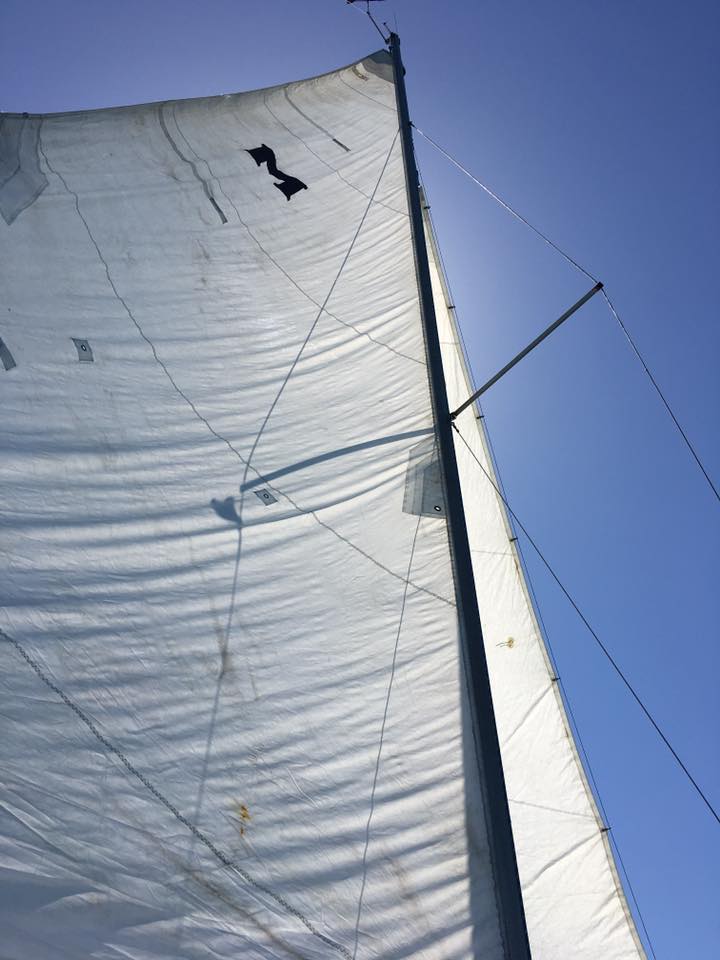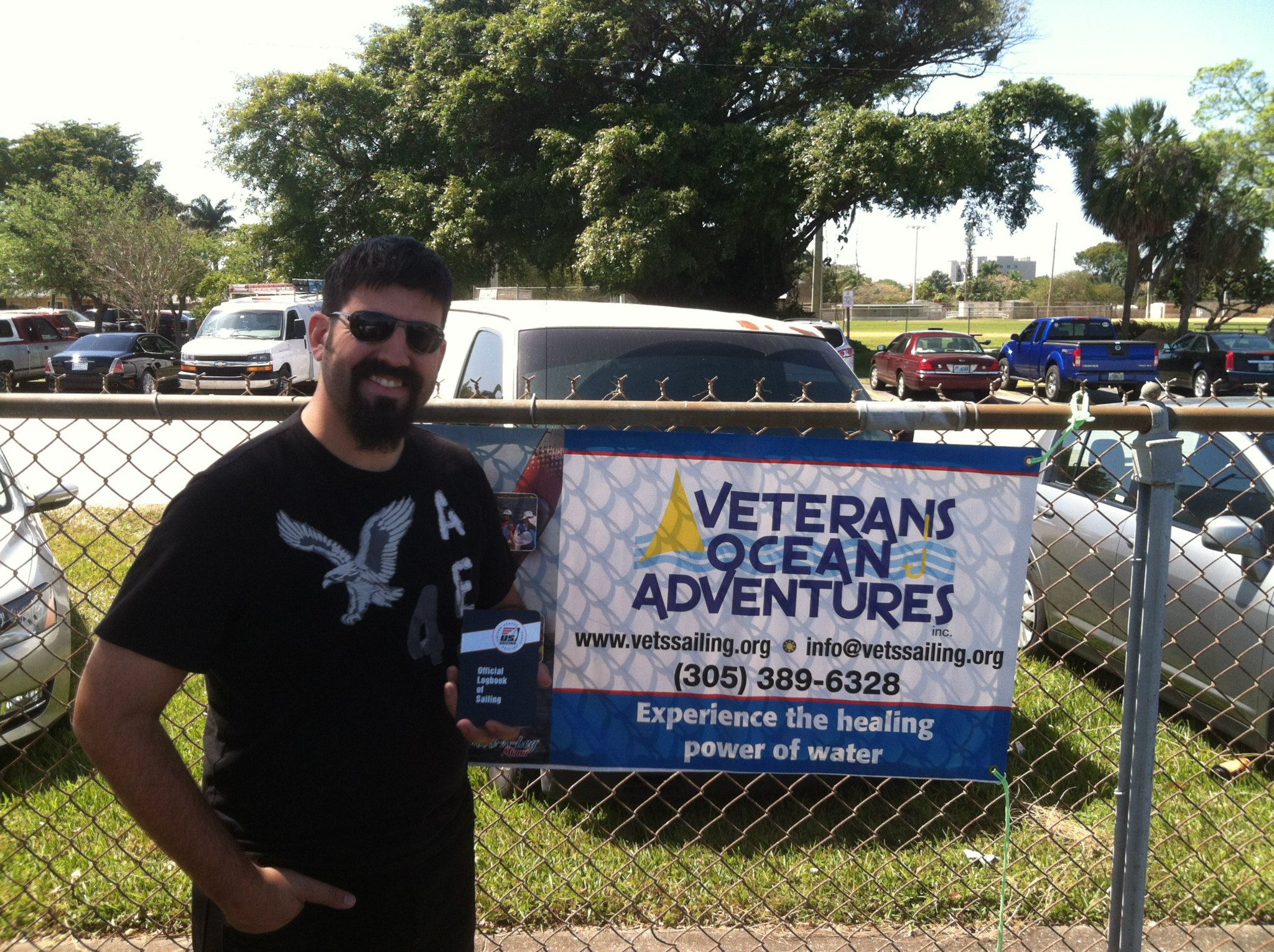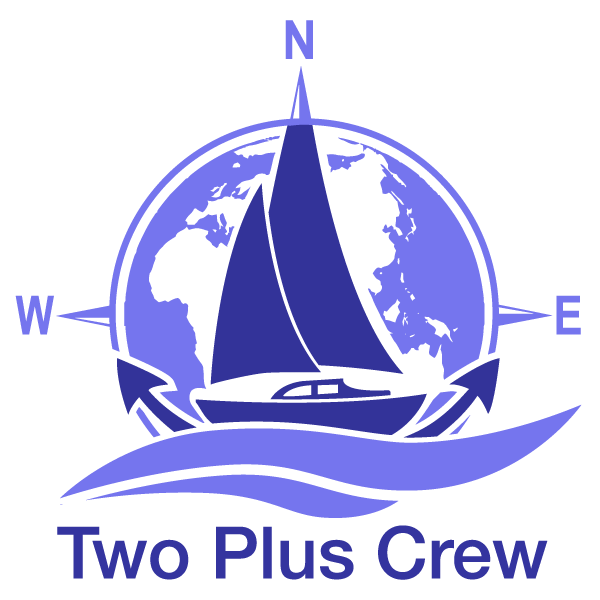Learning to Sail
Not only was I soaking wet after I broached the boat, I was also wrong. Very wrong.

When I was much younger and full of hubris, I had a girlfriend, Kim, who had a tiny sailboat. I was eager to impress her with my ability to learn things on the fly, and convinced her that we could take the boat out and sail it successfully on the lake and be back home in time for dinner.
Not only was I soaking wet after I broached the boat, I was also wrong. Very wrong.
Years later, I gathered the courage (leaving my ego on the dock) to go learn to sail. A veteran's program was offering a month-long course which would allow me to finish with my US Sailing Basic Keelboat certificate. I wasn't in it so much for the certification as I was for actually learning how to sail, and not have a repeat of my outing with my then-girlfriend.

At first, the basics of sailing can seem overwhelming. All the weird names for things, like starboard, boom vang, gunnel, hawsepipe, fathom, or windlass. But if you're reasonably patient and studious, you'll get it.
The particular program I joined was a four weekend program offered by Branson Rector of Veterans Ocean Adventures. Nearly every intro to sailing course has a similar layout, it's all the time you'll really need.
The lessons start at home, reading the US Sailing Basic Keelboat study book. Make sure you read and understand as much as you can before getting to class.
The first week started in a classroom at the marina. Branson covered all of the basic boat nomenclature, points of sail, and sailing fundamentals. Did you know that most modern sail boats can actually sail into the wind? Sailing and airplane physics have a lot in common. Then we went out for our first sail. It certainly wasn't pretty - lot's of pointing and reiterating what the name of a thing-a-ma-thing is called.
The second week, more classroom discussions about man over-board (MOB) procedures and tactics. Then we went back out and started sailing again. Reinforcing what we had practiced the week prior, getting some individual helm experience, and practicing the basics of MOB procedures.
The third week is where we start to prove our knowledge. By this point we've had 8-12 hours on the water. Some of us are tacking, running, and gybing all on our own (though there's still an instructor aboard). This week we're honing our skills, getting ready for our test the next week.
And finally, graduation day. This week we got to practice some last minute things before our instructor would evaluate, not only our skills, but our boat knowledge as well.

Photo by Bobby Burch via Unsplash

